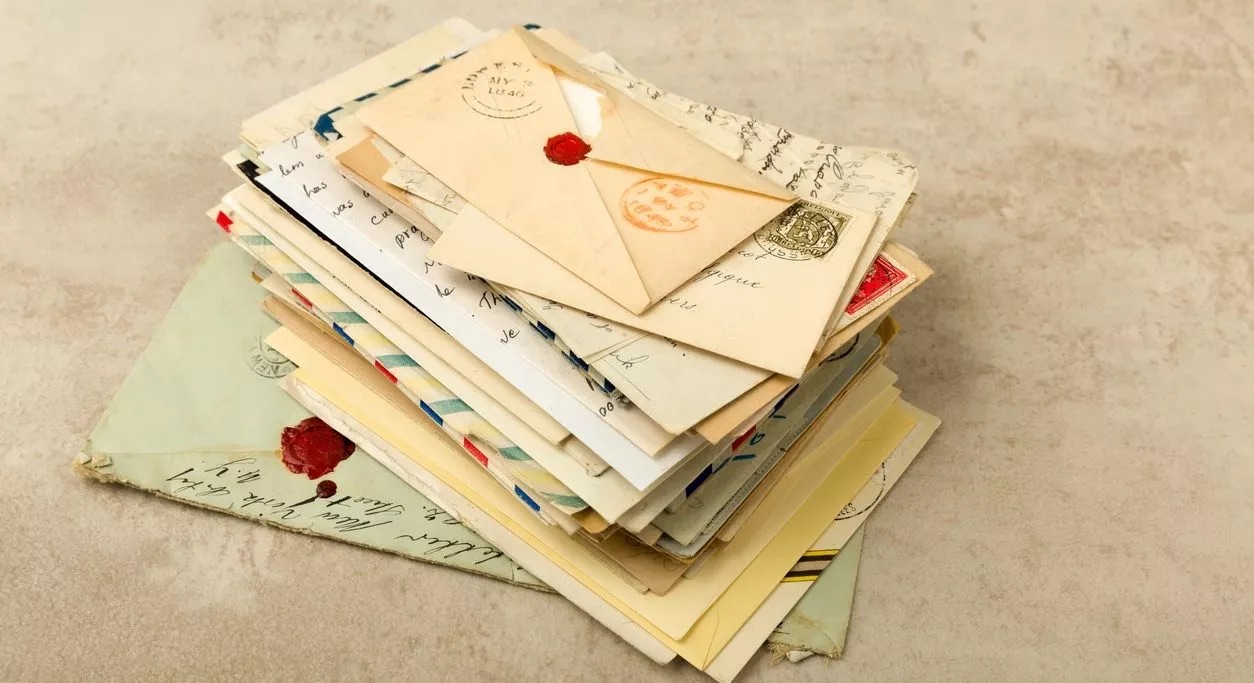

Articles
How To Store Old Letters And Cards
Modified: March 19, 2024
Learn effective ways to store and preserve your sentimental letters and cards in this informative article. Keep them safe and cherish the memories for years to come.
(Many of the links in this article redirect to a specific reviewed product. Your purchase of these products through affiliate links helps to generate commission for Storables.com, at no extra cost. Learn more)
Introduction
Old letters and cards have a certain charm and sentimental value that can transport us back in time. They offer a glimpse into the thoughts, feelings, and experiences of the past, serving as cherished mementos of important events, relationships, and memories. Preserving these pieces of history is not only a way to safeguard our personal connections and stories but also a means to honor and appreciate the art of written communication.
In this digital age, where emails and texts have become the norm, holding a physical letter or card in your hand can evoke a sense of nostalgia and intimacy. Whether you’ve inherited a collection or have been keeping correspondence for years, knowing how to properly store and care for old letters and cards is crucial to ensure their longevity and readability.
This article will guide you through the process of storing and preserving your collection of old letters and cards, from assessing and categorizing to choosing the right storage materials and methods. By following these steps, you’ll be able to maintain the condition of your precious mementos and create a lasting legacy for future generations.
Key Takeaways:
- Preserve old letters and cards to honor personal connections, cultural heritage, and historical significance. Use archival-quality materials and proper storage methods to ensure longevity and accessibility.
- Share and display your collection selectively, using archival-quality frames and storytelling to bring joy and education to others. Consider virtual exhibitions and collaborations to expand the reach and impact of your efforts.
Read more: How To Store Old Cards And Letters
Importance of Preserving Old Letters and Cards
Old letters and cards hold immense historical and sentimental value. They provide a unique glimpse into the lives, relationships, and experiences of the past. Preserving these artifacts is vital for several reasons:
- Archival Value: Old letters and cards serve as primary sources of historical information. They offer insights into the culture, language, and social dynamics of a particular era. By preserving these documents, you contribute to the collective memory and understanding of past generations.
- Personal Connections: Letters and cards often carry deep emotional significance. They serve as tangible reminders of personal relationships, be it between family members, friends, or even historical figures. Preserving these artifacts allows us to maintain a sense of connection with loved ones, even after they have passed or moved away.
- Documenting History: Old letters and cards can provide valuable evidence for researchers, scholars, and genealogists. They can offer glimpses into historical events, personal experiences, and societal norms. Preserving these documents ensures that future generations have access to this valuable historical record.
- Affirming Identity: Reading old letters and cards can help individuals develop a deeper understanding of their own personal history and identity. These documents often contain stories, aspirations, and insights that can shed light on one’s heritage and familial connections.
- Cultural Significance: Letters and cards are not only personal artifacts but also cultural ones. They reflect the habits, traditions, and customs of a particular time and place. By preserving these documents, we contribute to the preservation of our collective cultural heritage.
In today’s digital world, preserving old letters and cards becomes even more crucial. As technology rapidly evolves, the longevity and accessibility of digital communication may become questionable. Physical letters and cards offer a tangible connection to the past that cannot be replicated by digital formats.
By preserving old letters and cards, we honor the art of written communication and ensure that the stories and emotions contained within these documents are passed down through generations. The next sections will guide you on how to preserve and store these precious artifacts, ensuring their longevity and continued enjoyment.
Assessing Your Collection
Before you embark on the task of preserving your old letters and cards, it is essential to assess your collection. This step will help you determine the size, condition, and significance of each item, allowing you to make informed decisions regarding storage and preservation methods. Here are some key points to consider:
- Size of the Collection: Take stock of the number of letters and cards you have. Are they stored in a box, drawer, or scattered throughout different locations? Having a clear idea of the size of your collection will help you determine the space requirements and storage solutions needed.
- Condition of the Items: Carefully examine each letter and card to assess its physical condition. Look for signs of deterioration such as discoloration, torn edges, or brittle paper. Separately identify any items that require special attention or urgent preservation measures.
- Significance of the Documents: Consider the historical or sentimental value of each letter and card. Are there any exceptional pieces that hold particular importance to you or your family? Identifying significant items will help prioritize your preservation efforts.
- Categorization: It is helpful to categorize your collection into different themes or time periods. This categorization will provide a framework for organizing and preserving your letters and cards effectively. For example, you can group letters by sender, recipient, date, or subject matter.
- Desired Accessibility: Determine how often you plan to access your collection. If you anticipate frequent usage, opt for storage methods that allow for easy retrieval and reorganization.
Assessing your collection will not only provide you with a comprehensive understanding of your letters and cards, but it will also guide you in making informed decisions regarding storage materials and preservation techniques. Once you have assessed your collection, you can move forward with selecting the appropriate storage solutions to protect and preserve your precious artifacts.
Selecting the Right Storage Materials
Choosing the right storage materials is crucial for preserving the condition and longevity of your old letters and cards. By using acid-free and archival-quality supplies, you can protect these artifacts from deterioration and damage. Here are some essential storage materials to consider:
- Archival Storage Boxes: Invest in acid-free archival storage boxes specifically designed for paper documents. These boxes are made of materials that do not contain harmful chemicals that could accelerate the deterioration of your letters and cards.
- Acid-Free Envelopes or Sleeves: Place each individual letter or card in a separate acid-free envelope or sleeve. These protective enclosures shield your artifacts from dust, light, and physical damage.
- Interleaving Paper: Use acid-free interleaving paper to separate individual letters and cards within the storage boxes. This thin, neutral pH paper helps prevent ink transfer and provides an extra layer of protection.
- Archival Tissue Paper: If your letters or cards have fragile or delicate elements, such as ribbons or pressed flowers, gently wrap them in acid-free archival tissue paper before placing them in envelopes or sleeves. The tissue paper acts as a cushioning agent to prevent damage.
- Labeling Materials: Ensure that you have acid-free, archival-quality pens or labels for clearly marking each item with relevant information such as dates, sender, recipient, or any special notes. Avoid using adhesive labels directly on the artifacts, as they could cause damage.
- Storage Environment: Maintain a stable and suitable storage environment to prevent deterioration. Keep your collection away from direct sunlight, extreme temperatures, excessive humidity, and sources of moisture. Ideally, store your letters and cards in a cool, dry, and dark space.
Remember to handle your letters and cards with clean hands to avoid transferring oils, dirt, or moisture onto the artifacts. Additionally, avoid using adhesives, paper clips, or rubber bands to attach or bundle letters and cards together, as these can cause damage over time.
By investing in high-quality storage materials and practicing proper handling techniques, you can ensure that your collection of old letters and cards remains well-preserved and protected for years to come. The next section will guide you through the process of organizing and categorizing your letters and cards for efficient storage and easy retrieval.
Organizing and Categorizing Your Letters and Cards
Organizing and categorizing your letters and cards is an essential step in preserving your collection and ensuring easy accessibility. By implementing a logical and systematic approach, you can locate specific items quickly and maintain the overall organization of your collection. Here are some tips for effectively organizing and categorizing your letters and cards:
- Choose a Categorization Method: Decide on a categorization method that makes sense for your collection. You can categorize your letters and cards by sender, recipient, date, location, or any other criteria that align with the significance or content of the items.
- Create a Catalog: Consider creating a catalog or inventory of your collection. Record important details such as the sender, recipient, date, and any notable contents for each letter or card. This catalog will serve as a reference guide for easy retrieval in the future.
- Label Storage Boxes: Label each storage box with a clear and descriptive title indicating the category or theme of the letters and cards stored inside. This will help you quickly identify the contents of each box without the need to open them.
- Use Dividers: If you have a large collection or want to further organize within each storage box, consider using dividers or tabs to separate different categories or time periods. This will help keep the collection organized and facilitate locating specific items.
- Arrange Chronologically: If your collection spans a significant time period, arrange the letters and cards in chronological order. This arrangement will provide a historical narrative and make it easier to locate items based on specific dates or events.
- Consider Digital Organization: If you have the resources and inclination, you can also create a digital archive of your collection. Scan each letter and card, and organize the digital files using folders and tags. This digital organization can serve as a backup and provide an additional means of accessibility.
Remember to update your organization system regularly as you add new letters and cards to your collection. This will ensure that your storage remains efficient and that you can easily locate specific items as your collection grows.
By implementing these organizational techniques, you can create a well-structured and easily navigable collection of old letters and cards. The next section will guide you in choosing a suitable storage method to protect and preserve your artifacts.
Store old letters and cards in acid-free archival boxes or folders to prevent yellowing and deterioration. Keep them in a cool, dry place away from direct sunlight to preserve them for years to come.
Read more: How To Store Cards And Letters
Choosing a Suitable Storage Method
Choosing the right storage method is crucial to ensure the long-term preservation and protection of your old letters and cards. The storage method you choose should provide a safe and stable environment, prevent physical damage, and allow for easy access when needed. Here are some suitable storage methods to consider:
- Archival Storage Boxes: Consider storing your letters and cards in acid-free archival storage boxes. These boxes are specifically designed to provide a protective environment and prevent deterioration. Choose boxes that are the appropriate size to accommodate your collection.
- Flat Storage: If possible, store your letters and cards flat rather than stacking them on top of each other. This helps prevent bending, creasing, and other physical damage. Use acid-free envelopes or sleeves to protect individual items and interleave with acid-free tissue paper for added support.
- Vertical Storage in Binders: If you prefer a more accessible storage method, consider using acid-free binders with protective sleeves. This allows you to flip through and view your letters and cards without removing them from the sleeves. Ensure the binders are stored upright on a sturdy shelf.
- Portfolio Storage: Another option is to use acid-free portfolio cases or archival flat files. These storage solutions provide a protective enclosure for your letters and cards and allow for easy viewing and organization. Ensure the portfolio cases or flat files are stored in a cool and dry environment.
- Temperature and Humidity Control: If your collection is particularly valuable or sensitive, you may consider investing in a humidity and temperature-controlled storage solution such as a custom-made archival cabinet or a specialized storage facility. These controlled environments help prevent damage caused by fluctuations in temperature and humidity.
- Display Options: If you want to showcase some of your letters and cards, consider using archival-quality frames or display cases. These allow you to display a select few while ensuring they are protected from dust, light, and other potential sources of damage.
When choosing a storage method, always prioritize the use of acid-free and archival-quality materials. These materials are specifically designed to protect your artifacts from deterioration and damage. Additionally, make sure that the storage location is free from direct sunlight, extreme temperatures, excessive humidity, and any sources of moisture.
By selecting the right storage method, you can ensure the long-term preservation and accessibility of your old letters and cards. The next section will provide you with tips for maintaining the condition of your letters and cards over time.
Tips for Maintaining the Condition of Your Letters and Cards
Proper care and maintenance are essential for preserving the condition and longevity of your old letters and cards. By following these tips, you can ensure that your artifacts remain in good condition and continue to be cherished for years to come:
- Handle with Clean Hands: Always handle your letters and cards with clean hands to avoid transferring oils, dirt, or moisture onto the artifacts. It is advisable to wear cotton gloves when handling delicate or valuable items.
- Minimize Exposure: Limit the exposure of your letters and cards to light, especially direct sunlight. Prolonged exposure to light can cause fading and deterioration of the paper and ink. Store your collection in a dark or low-light environment to minimize damage.
- Keep Away from Extreme Environmental Conditions: Avoid storing your letters and cards in areas prone to extreme temperatures, high humidity, or fluctuations in environmental conditions. These conditions can accelerate the deterioration of the paper and ink, leading to irreversible damage.
- Regularly Inspect and Monitor: Regularly inspect your collection for any signs of damage or deterioration. Look for discoloration, mold, insect infestations, or other signs of decay. If you notice any issues, take immediate steps to address them and seek professional assistance if necessary.
- Store in Acid-Free Materials: As mentioned earlier, store your letters and cards in acid-free storage boxes, envelopes, or sleeves. Acidic materials can harm the artifacts over time, causing yellowing, brittleness, and ink fading. Choose archival-quality materials to protect your collection.
- Avoid Adhesives and Staples: Do not use adhesive tape, glue, or staples on your letters and cards. These materials can cause irreversible damage and leave residue that is difficult to remove. Opt for acid-free and non-invasive methods, such as archival clips or enclosures, to keep your items together.
- Control Pest Infestations: Take precautions to prevent pest infestations that can damage your collection. Regularly clean and vacuum storage areas, and consider using pest deterrents such as lavender sachets or insect repellents recommended for archival purposes.
- Handle with Care During Display: When displaying your letters and cards, take care to mount them using acid-free and reversible means. Avoid exposing them to excessive light, heat, or humidity. Rotate the items on display periodically to minimize exposure. Consider using UV protection glass or acrylic to further safeguard against light damage.
- Make Digital Copies: As an additional precaution, consider making digital copies of your letters and cards. Scan or photograph each item using high-resolution settings. This backup can provide an extra layer of protection against physical damage or loss.
By following these tips, you can help maintain the condition and integrity of your old letters and cards. With proper care and preservation, your collection will continue to tell stories and evoke emotions for generations to come.
Displaying and Sharing Your Collection
Your collection of old letters and cards holds significant sentimental and historical value, and you may want to share and display them to further appreciate their beauty and meaning. Here are some tips on how to showcase and share your collection:
- Selective Display: Choose a few standout letters or cards to display, especially those with unique designs, significant historical content, or personal importance. Selecting a limited number of items for display helps protect the rest of your collection from potential damage and ensures that each displayed item receives proper attention.
- Archival-Quality Frames: When framing your letters or cards, use archival-quality frames and mats to protect them from dust, light, and physical damage. Opt for UV-resistant glass or acrylic to further safeguard against light damage. Ensure that the materials used have passed the PAT (Photographic Activity Test) to prevent any harmful reactions.
- Proper Mounting Methods: If you choose to mount your letters or cards, use acid-free and reversible mounting methods. Avoid using adhesives, staples, or anything that may cause damage. Seek out archival clips, corner mounts, or photo corners to secure the items in place without harming them.
- Labeling and Documentation: Displayed items should have clear labels or captions that provide essential information about the sender, recipient, date, and any relevant context. This documentation will enhance the understanding and appreciation of the displayed letters or cards for visitors or future generations.
- Rotating Display: To ensure the longevity of your displayed collection, rotate the items periodically. Light sensitivity can cause fading or damage, so limiting exposure is essential. By periodically swapping displayed items with others from your collection, you can provide equal attention and protect the artifacts.
- Virtual Exhibitions: Consider creating a virtual exhibition or online gallery to share your collection with a wider audience. This digital format allows you to showcase your letters and cards, provide background information, and engage with viewers from around the world. You can explore options like creating a website, blog, or social media page dedicated to your collection.
- Storytelling and Context: When sharing your collection, focus on the stories and emotions behind each letter or card. Provide context, share anecdotes, and highlight the historical significance. Engaging storytelling can make the collection more relatable and captivating to viewers.
- Exhibition or Collaboration Opportunities: Explore opportunities to collaborate with local museums, libraries, or historical societies to showcase your collection. They may have exhibition spaces or events that align with the theme or context of your letters and cards. Working with professionals in these institutions can offer guidance and ensure proper care of your artifacts.
- Sharing Digitally: To reach a broader audience, consider scanning or photographing select letters or cards and sharing them digitally through social media platforms, personal blogs, or online communities dedicated to historical or cultural preservation. This allows people from all over the world to appreciate and engage with your collection.
Remember that while sharing your collection can offer joy and educational opportunities, it is vital to prioritize the preservation and protection of your artifacts. Strike a balance between displaying and storing your letters and cards to ensure their longevity and continued enjoyment.
Capturing and sharing the essence of your collection can inspire others, foster connections, and contribute to the collective appreciation of the art of written communication. Additionally, your personal stories and insights can bring the past to life and make history more relatable for future generations.
Conclusion
Preserving old letters and cards is not just a way to protect physical artifacts; it is a means of safeguarding and honoring our personal connections, stories, and cultural heritage. These handwritten treasures offer a tangible link to the past, providing glimpses into the lives, relationships, and experiences of those who came before us.
By assessing your collection, selecting suitable storage materials, organizing and categorizing your letters and cards, and implementing proper preservation techniques, you can ensure that these precious artifacts are protected and cherished for generations to come. Choosing archival-quality supplies, maintaining a suitable storage environment, and handling your artifacts with care are all vital components of their preservation.
However, preserving does not mean keeping hidden away. Displaying and sharing your collection can bring joy, inspiration, and education to others. Selective displays, proper framing, virtual exhibitions, and storytelling can help showcase the beauty and significance of the letters and cards while preserving their condition. Sharing your collection digitally or collaborating with cultural institutions can expand the reach and impact of your efforts.
By preserving and sharing our old letters and cards, we not only safeguard our personal connections and stories but also contribute to the greater narrative of history. These handwritten relics offer a window into the past, unveiling the emotions, aspirations, and experiences of those who came before us.
So, whether you have inherited a collection or have been keeping correspondence for years, take the time to assess, organize, and preserve these precious artifacts. By doing so, you will not only honor the art of written communication but also create a lasting legacy for future generations to appreciate and cherish.
Frequently Asked Questions about How To Store Old Letters And Cards
Was this page helpful?
At Storables.com, we guarantee accurate and reliable information. Our content, validated by Expert Board Contributors, is crafted following stringent Editorial Policies. We're committed to providing you with well-researched, expert-backed insights for all your informational needs.
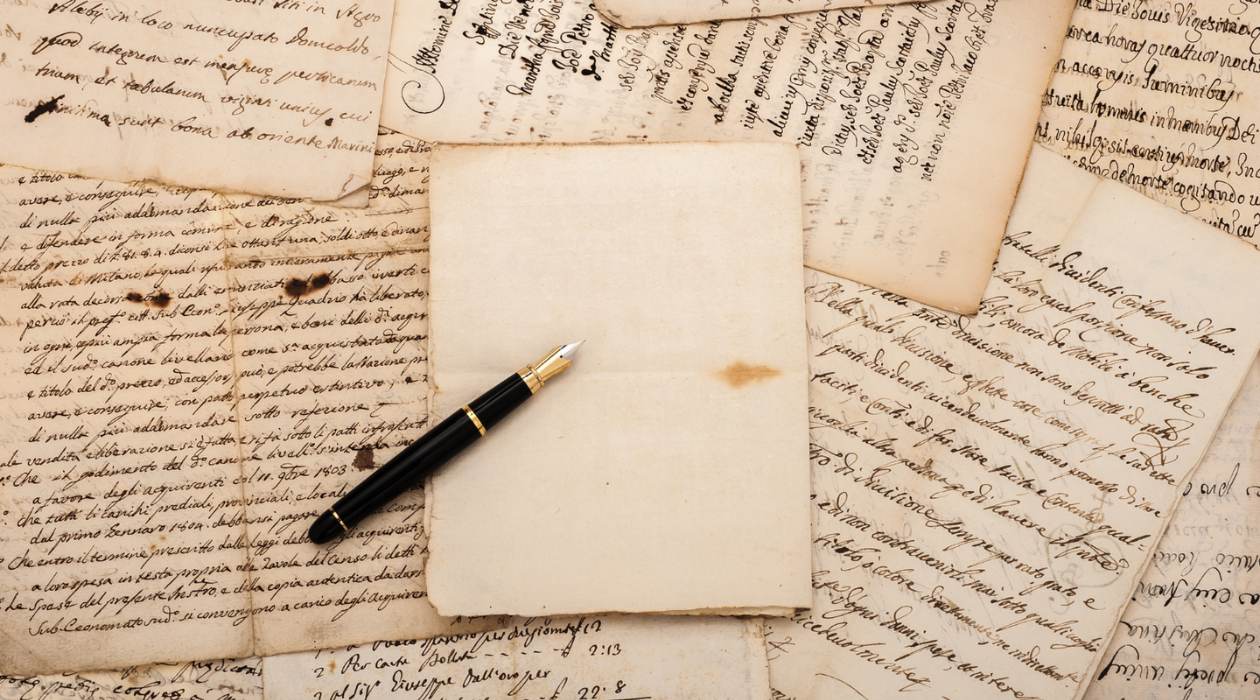
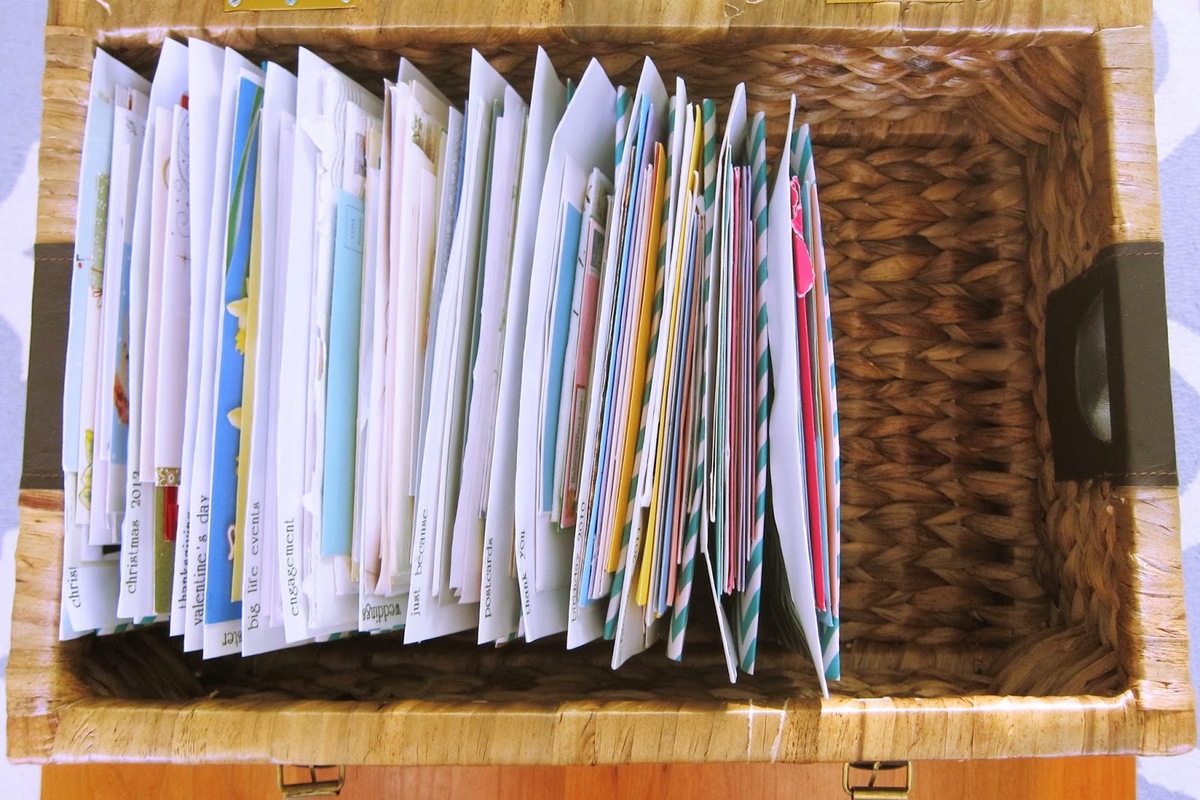
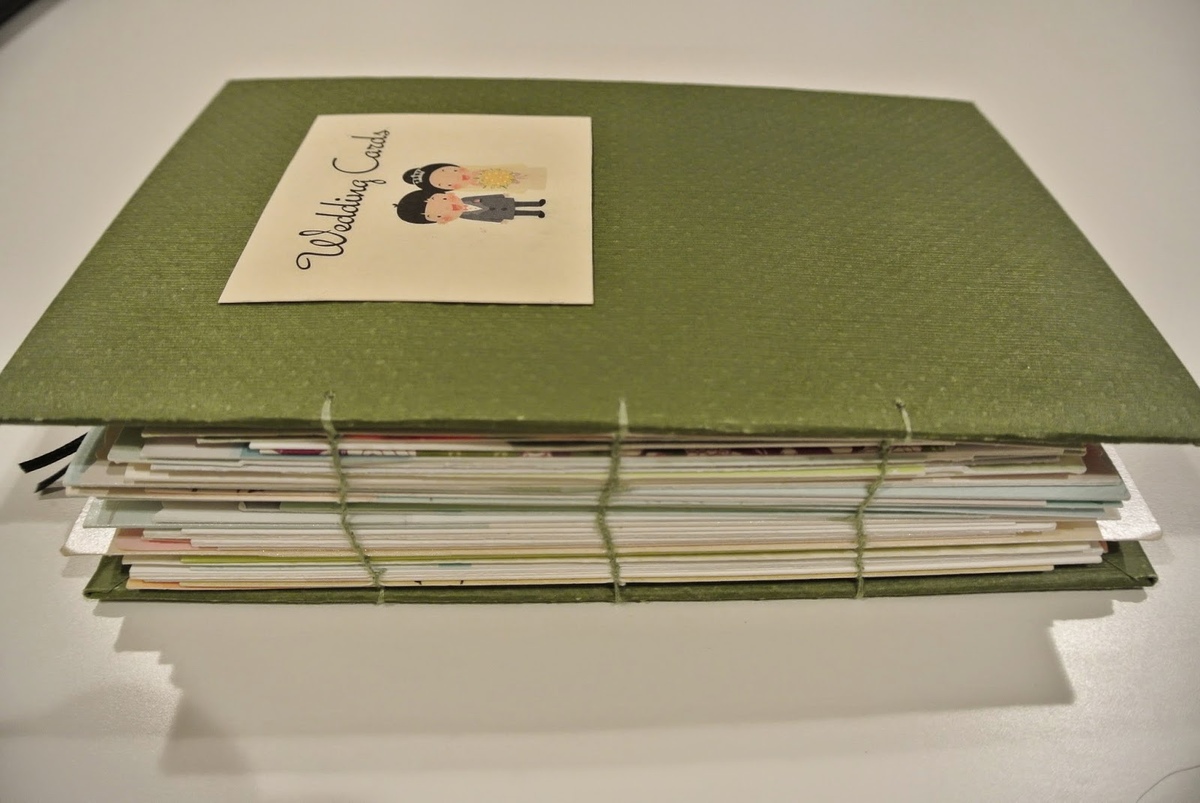
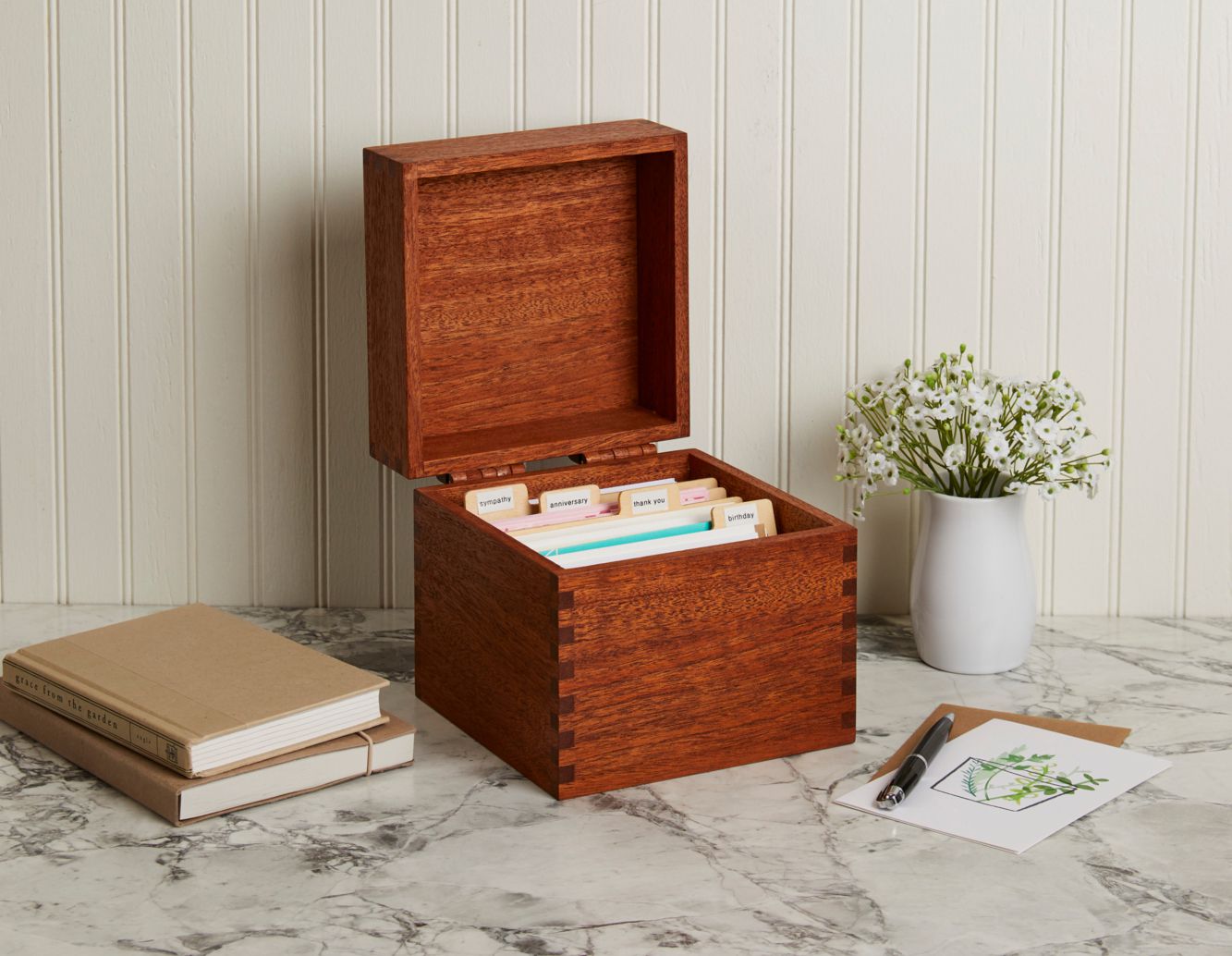
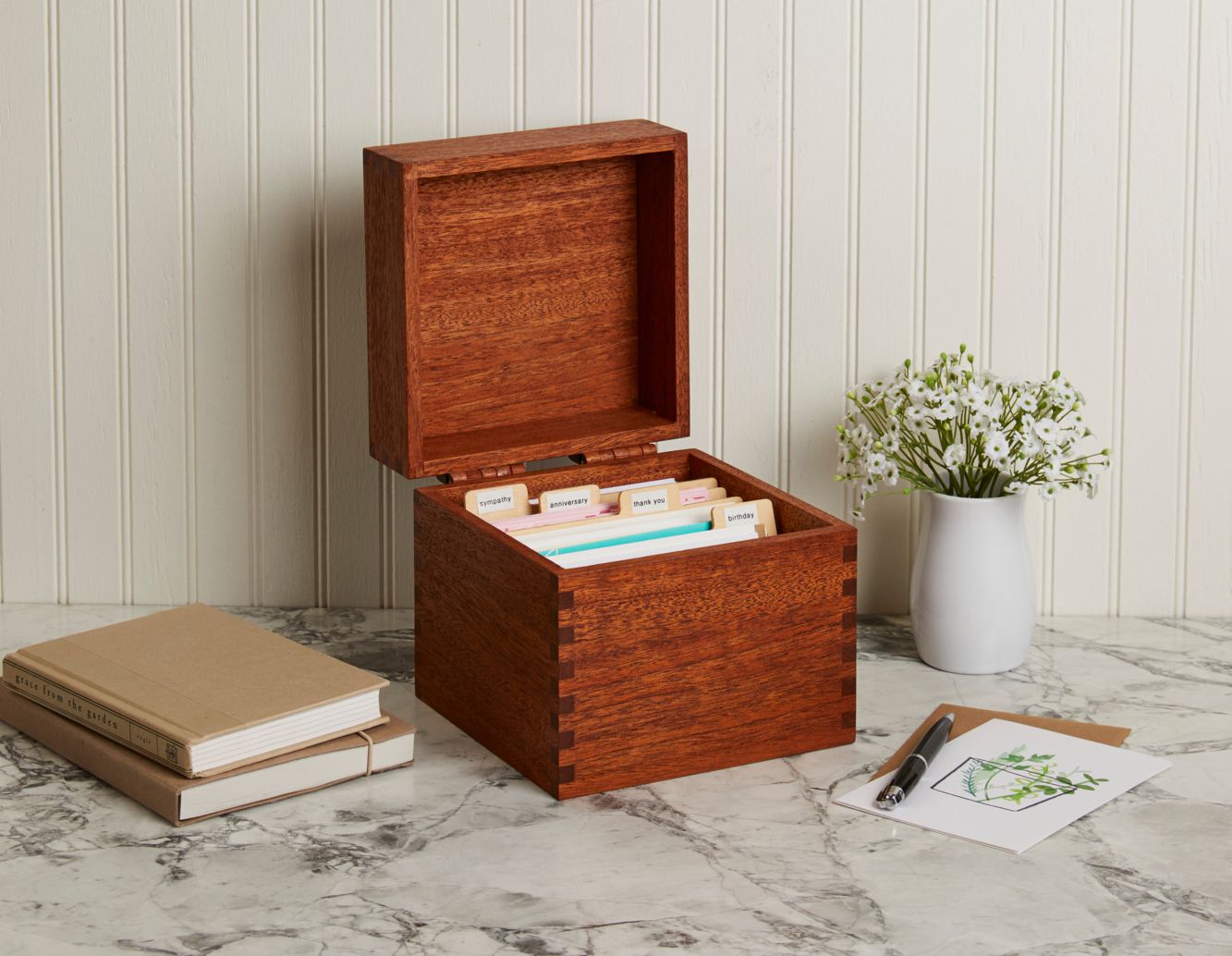
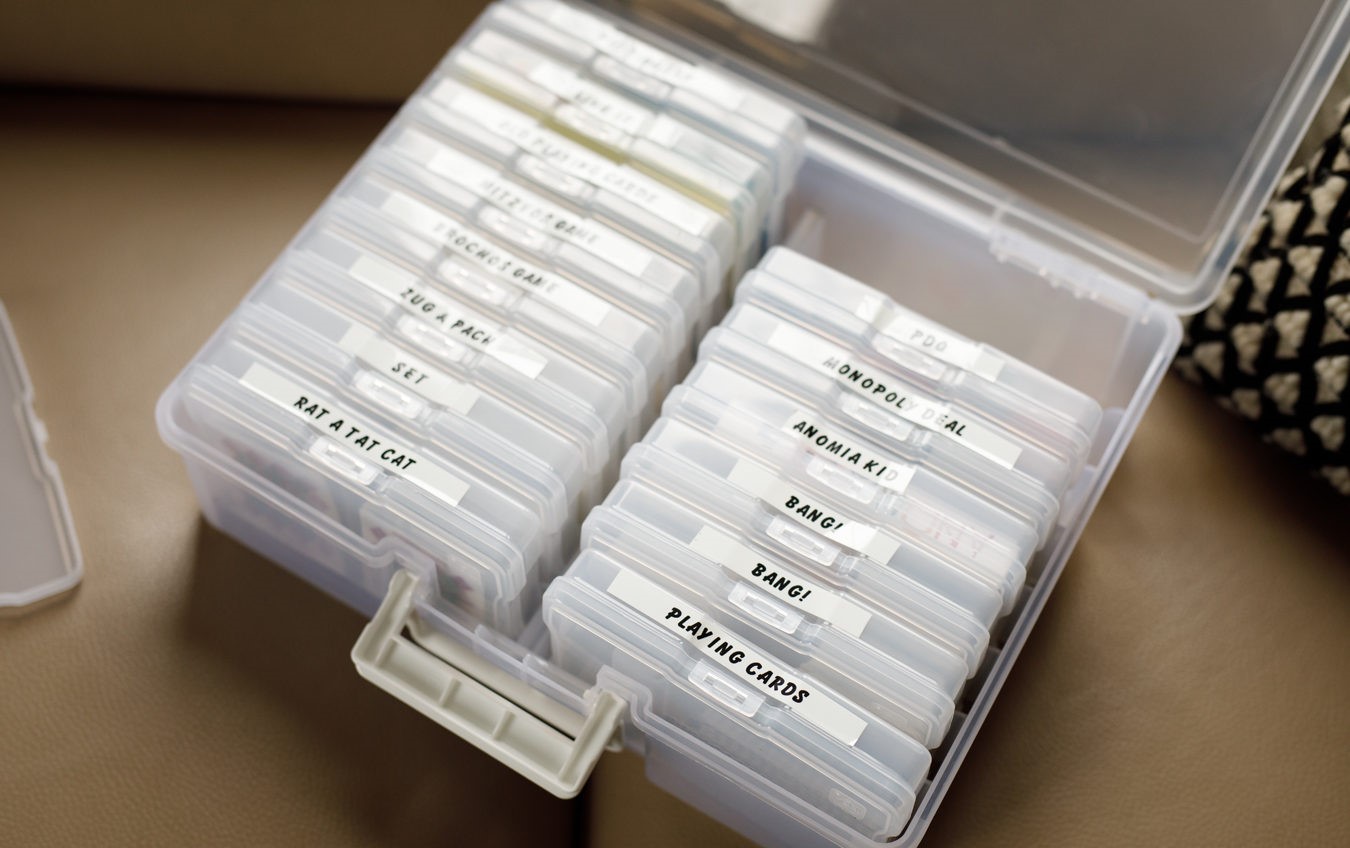

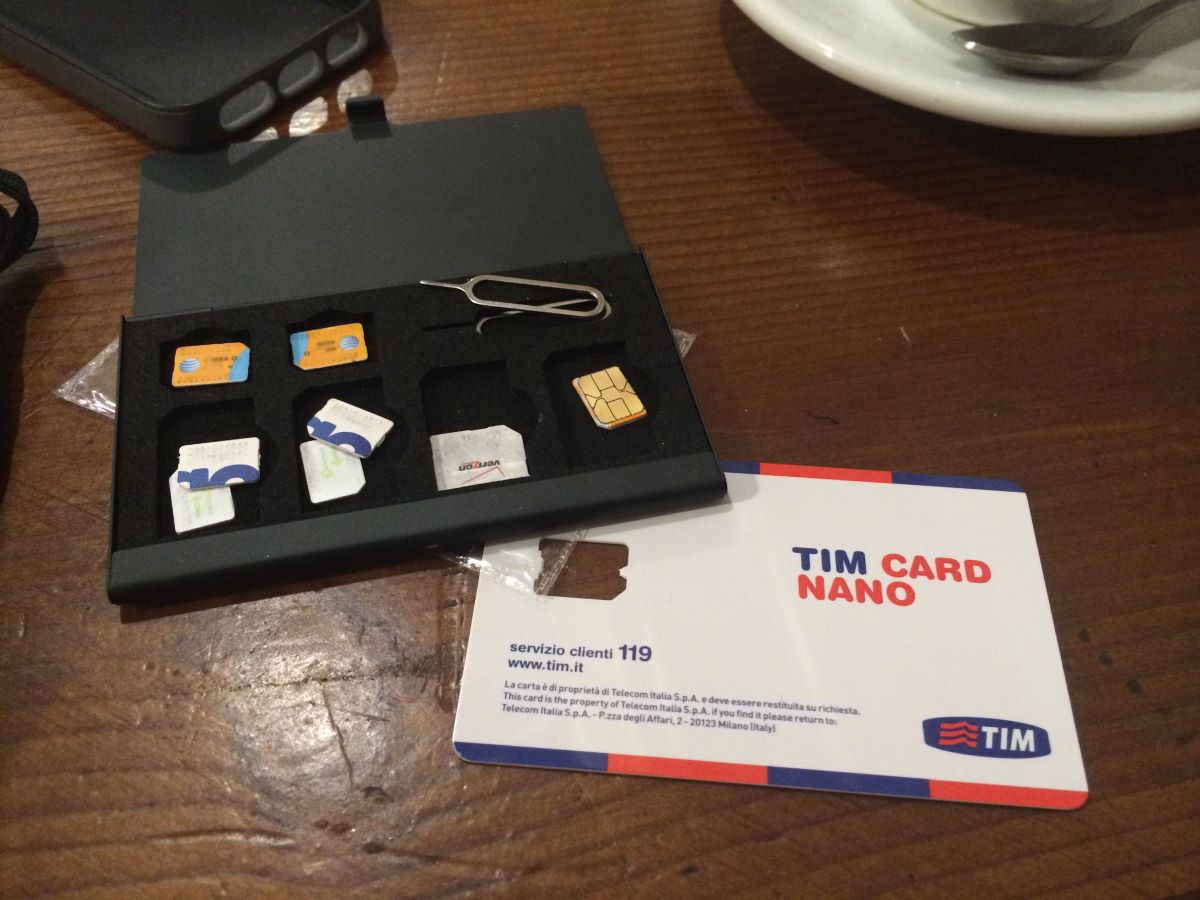
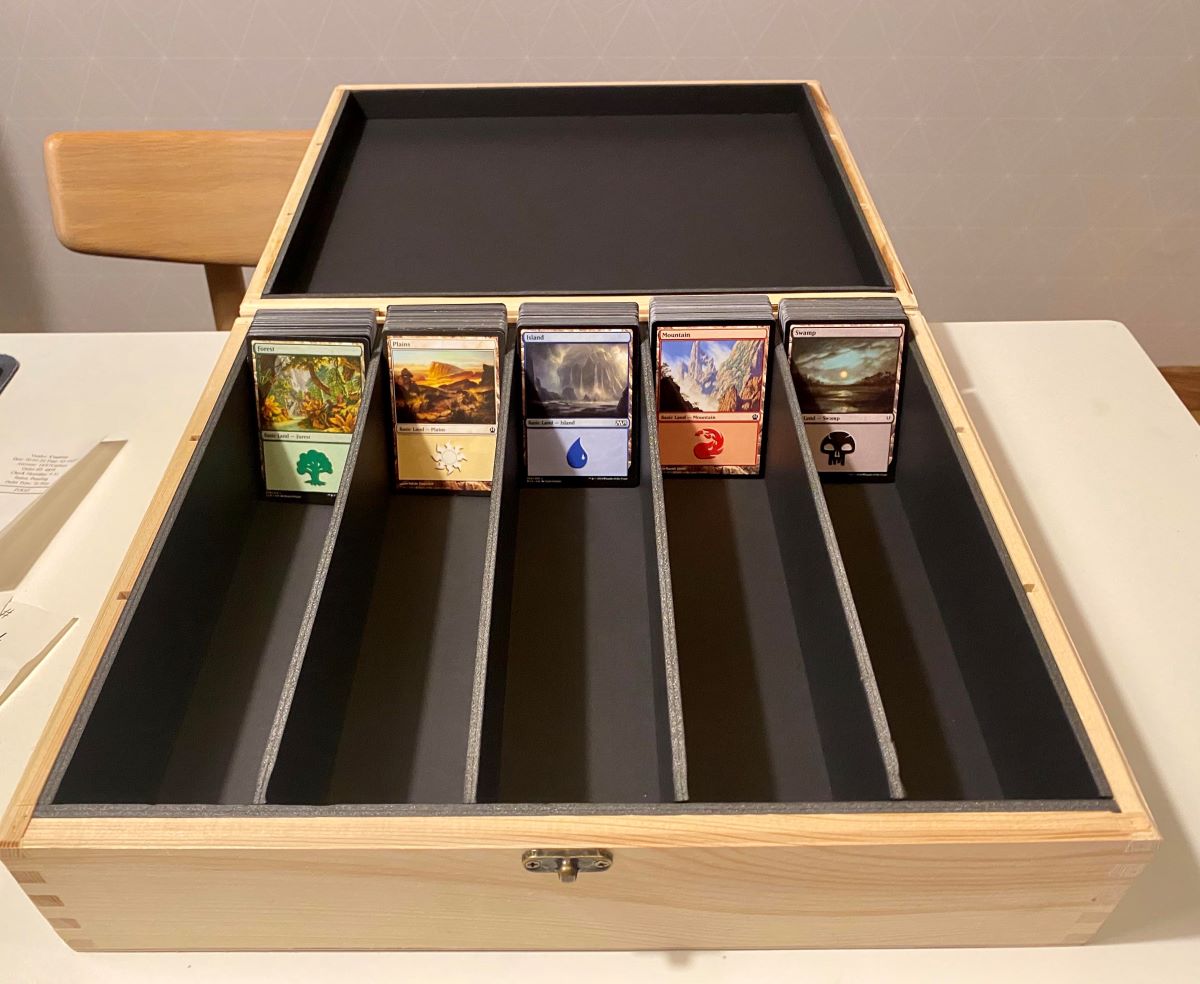
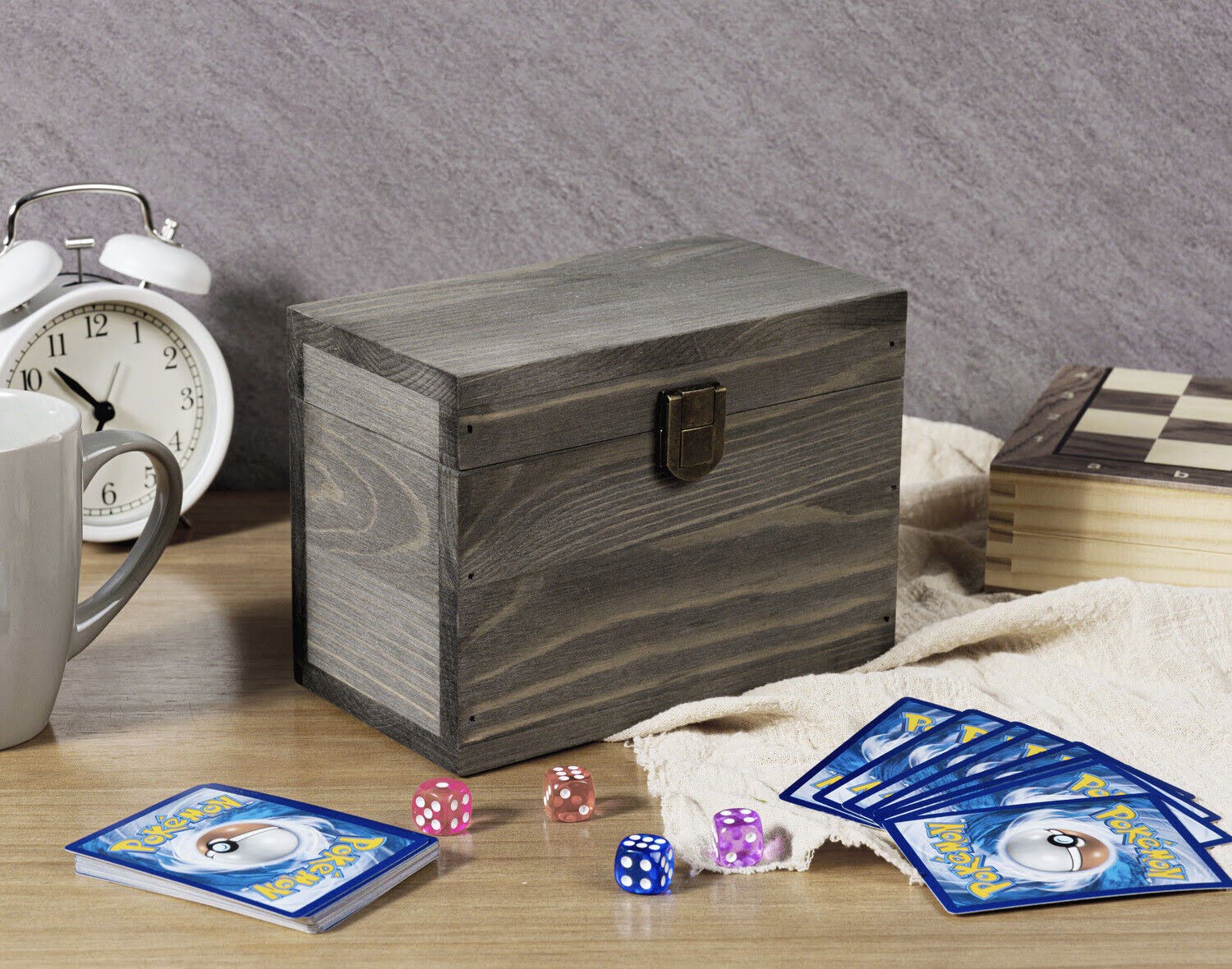
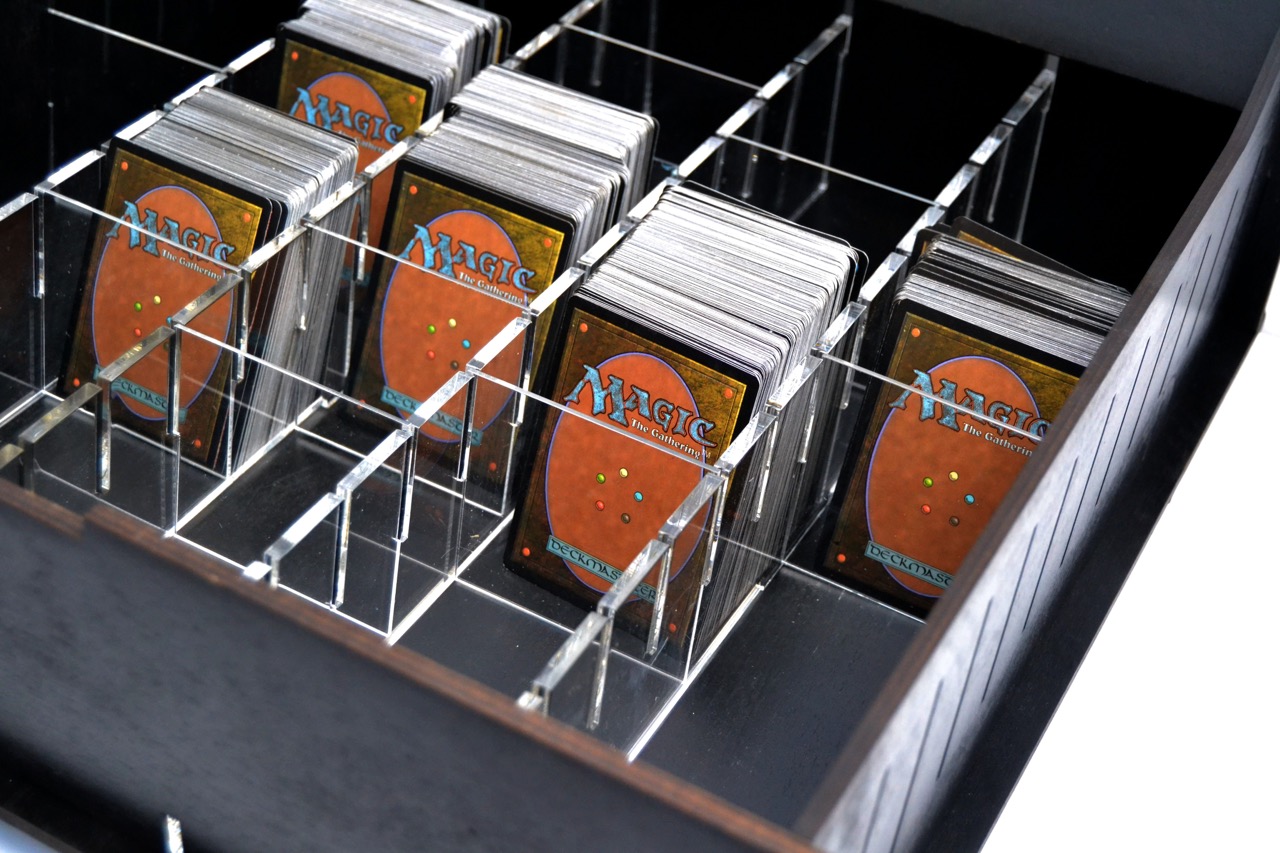
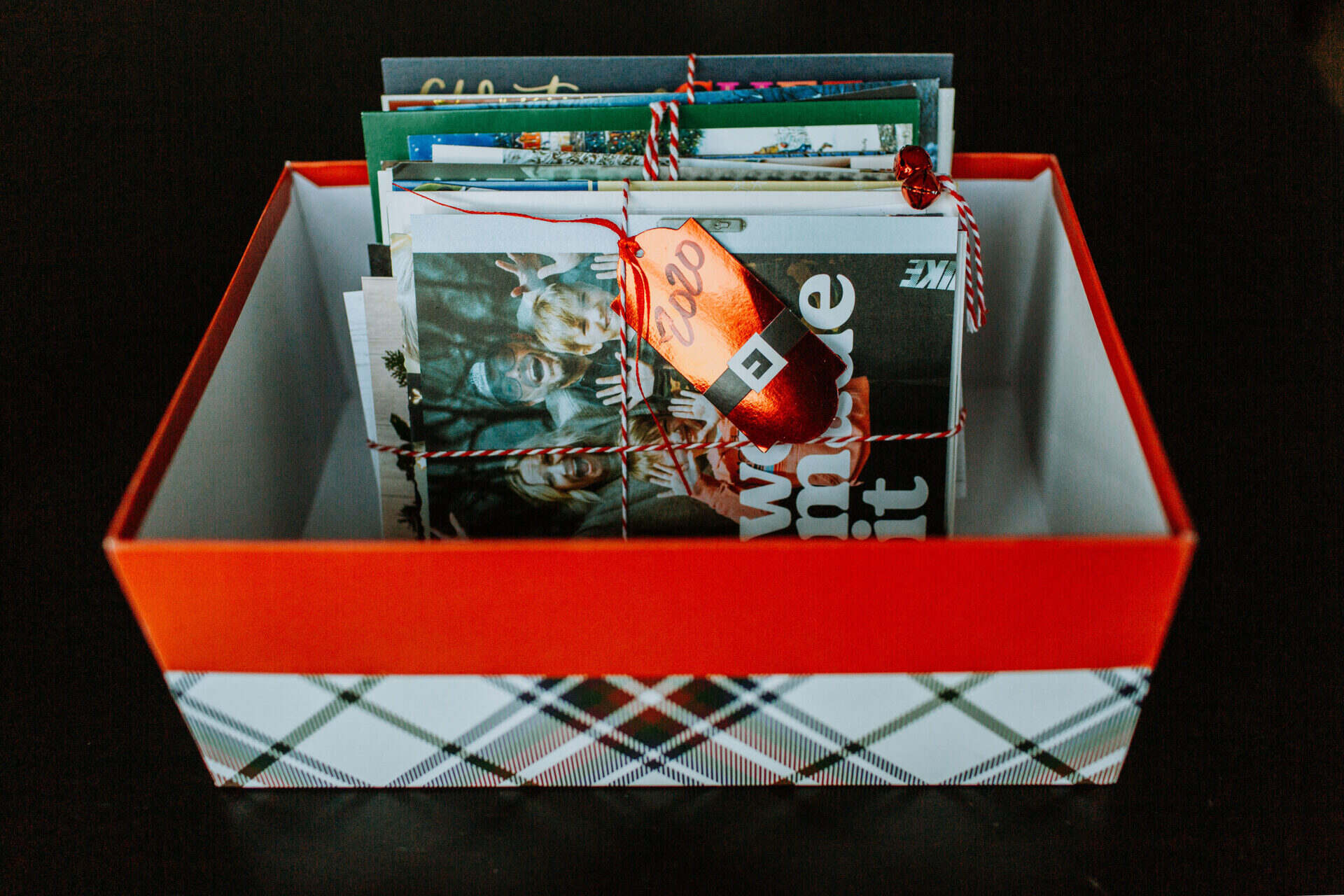
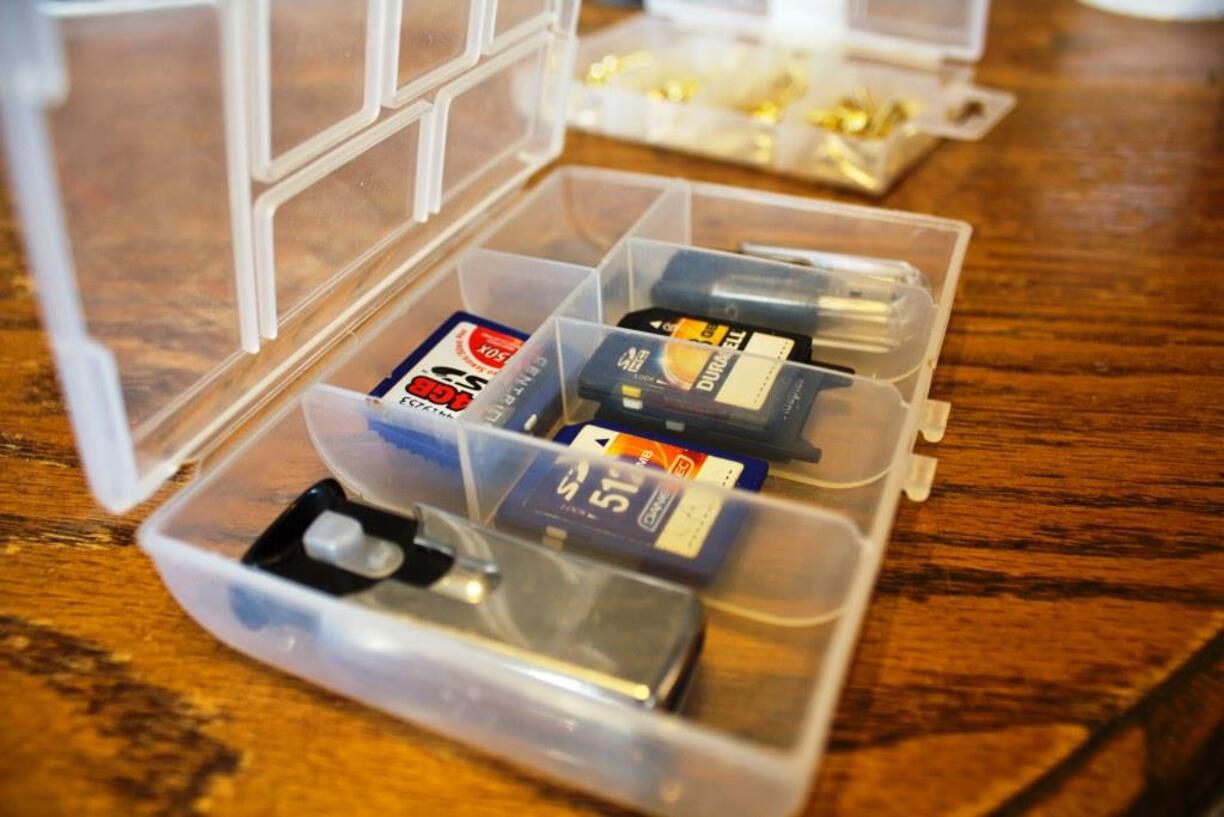
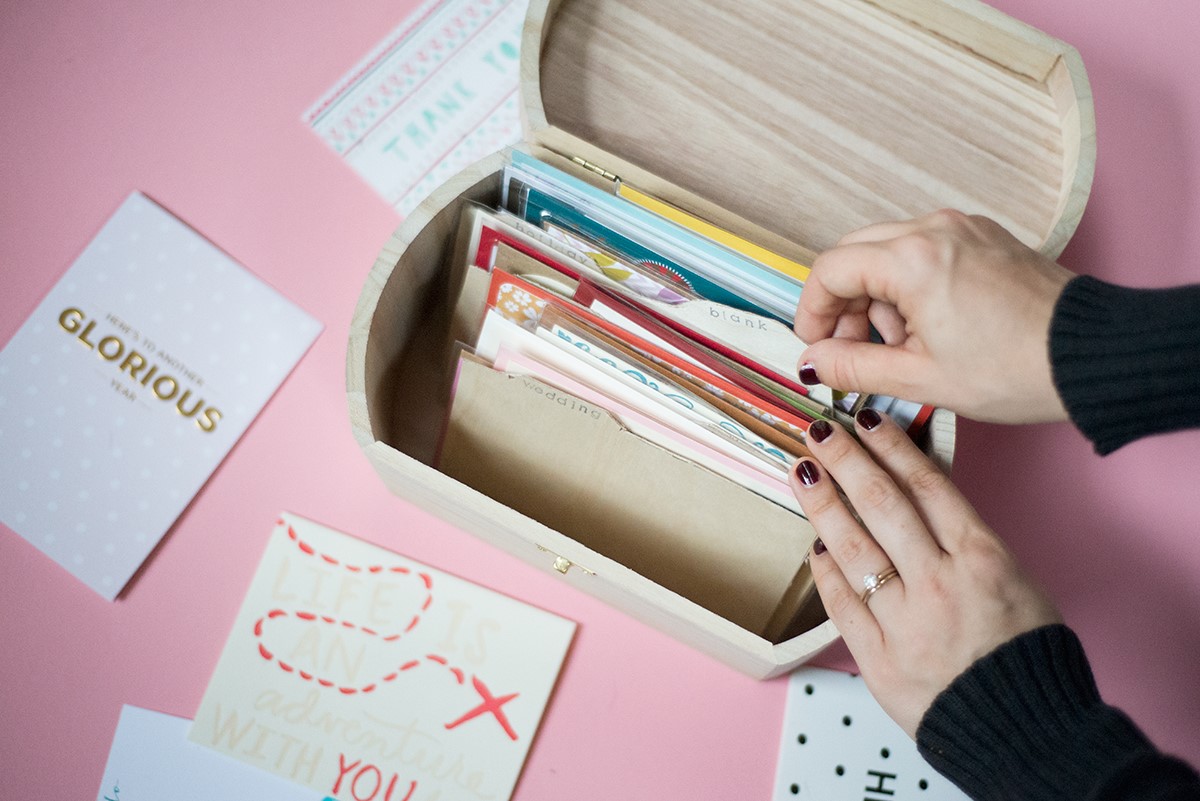

0 thoughts on “How To Store Old Letters And Cards”